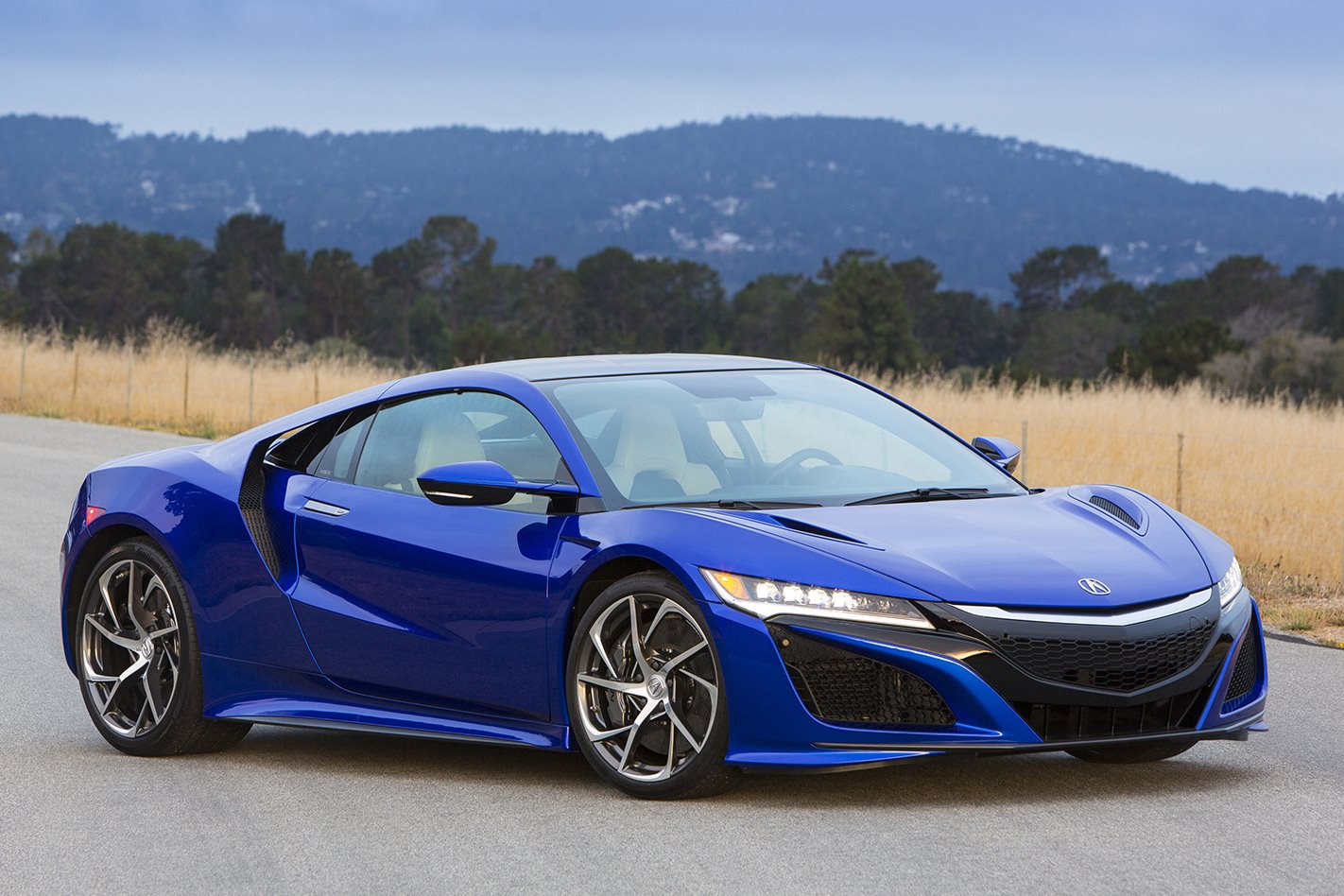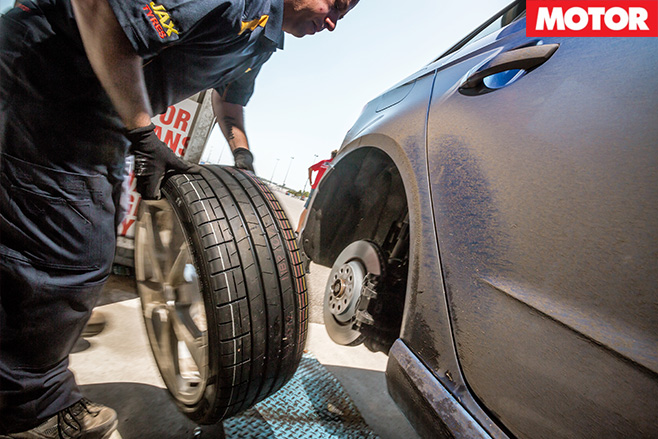It was fast, yet easy to drive, with none of the temperamental histrionics, dodgy durability and bone-headed ergonomics that blighted contemporary rivals from Italy.
Sure, the styling was perhaps more competent than beautiful, and the stoically rational VTEC V6 engine lacked the driveway theatre of the V8 or V10 Honda could have easily built instead. Nonetheless, the NSX reset the supercar paradigm. Overnight.
A shocked Ferrari, led by newly installed CEO Luca Montezemolo, immediately started work on a replacement for the sulky, evil-tempered 348, and it is by no means hyperbole to suggest the original Honda NSX is the reason Ferrari’s 488GTB is the superbly accomplished car it is today.
The all-new Honda NSX, however, is not going to change anything. Oh, it’s technically competent, strikingly styled and appropriately fast. And yet…
The original, Ferrari-killing NSX was the product of a clear vision and had a clear mission. The new NSX is a supercar engineered by guys in Ohio who otherwise create worthy-but-dull Accord sedans and Pilot SUVs for Middle America. And feels it.
Honda has struggled with the idea of an NSX successor for years. The original quietly died of neglect in 2005. Then, in 2007, Honda showed a sports car concept at the Detroit motor show with a front-mounted V10. It went nowhere. Four years later came the NSX Concept, powered by a transverse-mounted V6, just like the original. As with the front-engined V10 car, Honda actually built prototypes, then scrapped the project.
And now, a decade after the original NSX went away, we have a new one. With an all-new, bespoke, twin-turbo V6 engine mounted longitudinally behind the driver and supplemented by three electric motors. And fitted, in the US, with a truly puzzling choice in tyres.
Continental’s ContiSportContact 5P is perfectly acceptable for a lot of applications, but is not by any means regarded as a top-tier performance tyre. Which begs the question: Why would Honda deliberately fit its new supercar with second-rate rubber? For the same reason the engineers deliberately dialled understeer into the chassis in all modes except the one called Track – Ohio.
Honda says it wanted the NSX to be an everyday supercar and in Ohio, where the engineering team responsible for the new NSX is based (at Honda R&D Americas), that means being able to drive it in winter on wet, slushy, snowy, icy – and mainly straight – roads without white knuckles and sweaty palms. So the NSX has a chassis that, in all but Track mode, is noticeably biased towards understeer and is fitted with tyres that work acceptably well in cold weather. That’s a set-up that’s sensible for mainstream vehicles like Accord and Pilot. But does it make sense for an NSX?
Put it this way: Winter in Ohio wasn’t a priority when Ferrari developed the 488GTB…
How to fix the new NSX
Step 1: Make the standard tyres optional, and the optional Michelin Pilot Sport Cup 2s standard. If NSX owners desperately want to drive in the winter, they can buy the Contis.
Step 2: Reprogram the computers to dial out the understeer on the street and get the NSX to behave more like it does in Track mode, but with the ability to drive it in high gears under 4000rpm and without the raucous exhaust note.
Step 3: Drive. Enjoy.





